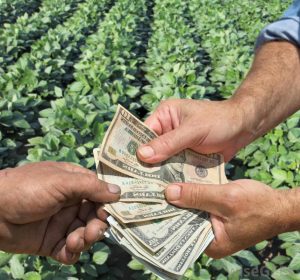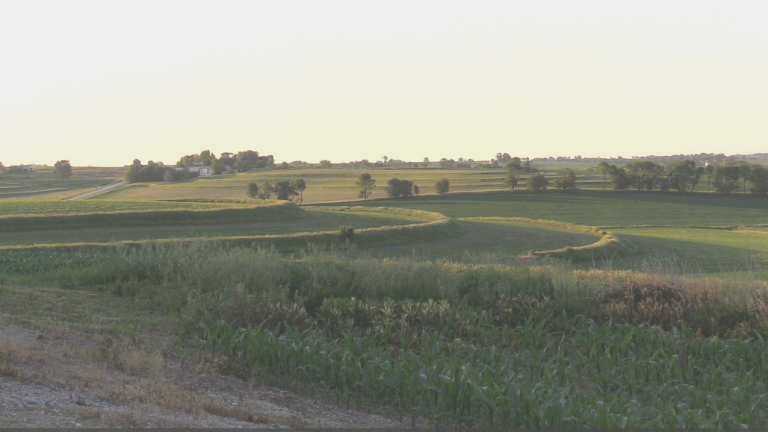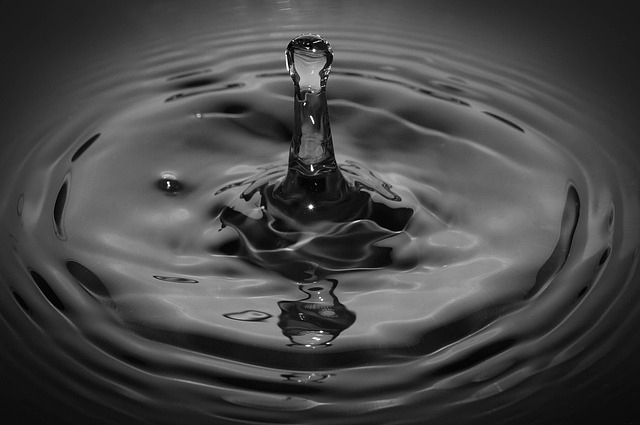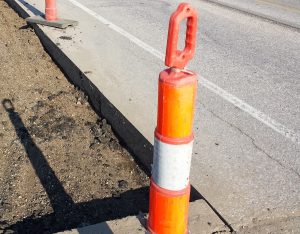IARN — It feels like farming is becoming like predicting the weather. We are trying to figure out weather patterns, marketing for prices that will be doing only God knows what in nine months, and trying to figure out what it is going to cost to grow that crop each year.
With the supply chain issues, geopolitical conflicts, and prices affecting the availability of our supplies, you can find a whole host of people talking about what they see in the marketplace in the future. The thing is that these are all just educated guesses. I don’t say “opinions”, because many people who are making these predictions know what they are looking at. It’s just that you have many people looking at data with different sets of knowledge, experience, and understanding.
So, who do you believe? I guess it really comes down to the person who seems to align most with your understanding, knowledge, and instincts. But the thing is, there are those who have their fingers a little tighter on the pulse of the industry. When it comes to fertilizer, that is the Fertilizer Institute.
Fertilizer has been the most volatile input we have dealt with in recent months and years. Between the war in the Black Sea, supply chains, and rivers that are slow to allow transport; the price went crazy and rose over 300%. Now, the prices have eased back a little, but are still very high. Many forecasters agree that things will eventually balance out.
One of those people is Jason Troendle, an economist with the Fertilizer Institute. He said for all the fears and concerns that were raised about the availability of fertilizers, 2022 wasn’t as bad as we worried it might be.
For more on this story visit the Iowa Agribusiness Radio Network.
Photo courtesy of the Trade Promotion Council of India












